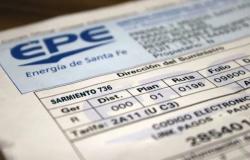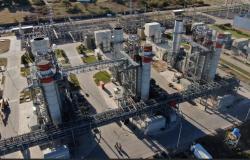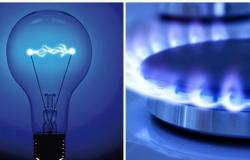The Starliner docked at the ISS with Egypt in the background – NASA
Boeing and NASA have just held a press conference in which they announced that the return of the Starliner is once again postponed. It is now scheduled for day 26 at 10:51, Spanish peninsular time (UTC). To do this, the capsule will leave the International Space Station (ISS) at 4:10 in the morning that day.
If, for whatever reason, Calypso did not leave the ISS on the 26th, the next opportunity would be on the 30th. In general, the conditions that Boeing and NASA are looking for for the landing are met. every four days. Which basically consist of the ISS orbit allowing Calypso to land before dawn; It is assumed that at that time there is less wind over the White Sands Desert (New Mexico), which makes everything easier.
These extra days come from the desire of the mission teams to get as much data out as possible of the behavior of the capsule service module before the end of the mission because is destroyed in a controlled re-entry into the atmosphere after separating from the capsule.
The points on which they want to collect more data are the helium leaks and the behavior of the maneuvering system thrusters (RCS).
They still don’t know exactly where the new helium leaks are, although they believe they may be in some flanges. They also believe that there may be two types of leaks since the five that there are can be grouped into 3 + 2 due to the helium loss rates. And what do they have to do with the use of RCS thrusters and that perhaps that is why they did not appear on land.
As for the thrusters, they have some problems determining exactly what is happening because the telemetry equipment is only capable of taking ten samples per second and this has proven insufficient. to measure pressure peaks well that they reach.
They work with the hypothesis that the maneuver system used them with much more frequently and with shorter pulses than was planned during docking and that may have had to do with the fact that they did not reach the planned pressure. That in turn was what caused the onboard software to disable them. This thesis is supported by the fact that in somewhat longer ignitions that they did throughout this past weekend they behaved well.
Although in any case they are confident that there are enough helium for the return trip and in what the thrusters will perform well. Except that one of them, which on the first approach to the Station only reached 11% of its nominal thrust and then no longer gave any thrust, will be deactivated until the end of the mission.
A simulated Starliner over the desert during recovery practices – NASA/Bill Ingalls
Steve Stitch, the director of NASA’s Commercial Crew Program, said they haven’t given much thought yet to Starliner 1, the capsule’s first regular mission. But they are not going to blow it up without knowing what happens with helium leaks and without fully understanding the profile of the docking maneuver with the ISS and what that entails for the maneuvering system.
And he did not deny that it could be for the second half of 2025 after a question. Although he agrees with Mike Lammers, flight director at NASA’s Johnson Space Center, they do not believe that another unmanned flight of a Starliner will be necessary.
I’m almost ready to start betting on 2026.





